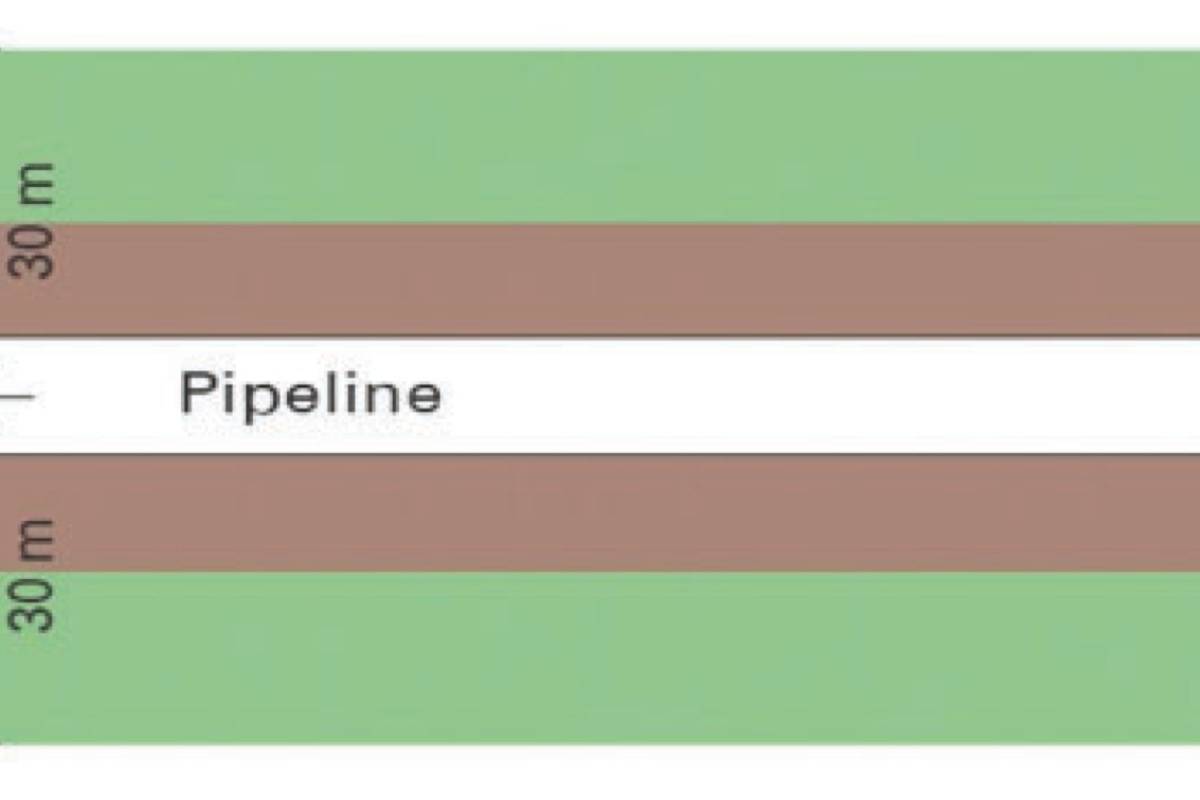As rural Albertans gear up for another season of farming, Inter Pipeline joins the rest of the nation in observing Agricultural Safety Week and would like to take this opportunity to remind Albertans of the importance of clicking or calling before you dig (http://www.clickbeforeyoudig.com/).
Inter Pipeline is committed to making the safety of its pipeline system top priority. If you are planning to dig or excavate, even if it is just putting in a fence post within 30 metres, or 100 feet, of a pipeline, please take the time to know what’s below before you begin, and call or Click Before You Dig. This free service locates buried utilities and pipelines on your property, so you can work safely.
Click Before You Dig:
Submit your locate request. A minimum of two full working days notice is required.
Alberta One‐Call (http://albertaonecall.com/) will assign a ticket number to your locate request and notify the owners of the buried facilities within the vicinity of the dig site.
Within two full working days, buried facility operators are expected to:
Identify and mark the location of their buried facilities;
Provide clearance to proceed with your project without a locate; or
Contact you to arrange a mutually acceptable time to meet on site.
Ground Disturbance:
Ground disturbance or displacement of the soil in agriculture is cultivation to a depth of more than 45 centimetres below the ground surface over a pipeline, or hand-digging to a depth of no more than 30 centimetres below the ground surface, so long as it does not permanently remove cover over a buried facility.
Anyone conducting ground disturbance within 30 meters of the centerline of the pipeline requires notification. Ground disturbance within a pipeline right-of-way (ROW) or, within 5 meters of the centerline of a pipeline requires written approval from the pipeline owner.
Inter Pipeline believes that companies and communities have a shared responsibility in damage prevention and public safety when it comes to digging or excavating in the vicinity of buried infrastructure. Should you see any heavy equipment working over or near pipelines on your property, or experience an unusual petroleum odour, please contact the facility owner.
For more information, visit Inter Pipeline: Living Near a Pipeline. For more information about the Alberta Farm Safety Program, contact farm.safety@gov.ab.ca.
Vitamin shortage
Strategic Vitamin A and E Use for Livestock During a Shortage (https://www1.agric.gov.ab.ca/$department/deptdocs.nsf/all/agdex16571/$file/400_66-1.pdf?OpenElement) is the latest Agri-Facts publication now available on the Alberta Agriculture and Forestry publications web page. Vitamins A and E are important nutritional factors in livestock production, and this factsheet discusses the implications of this recent vitamin shortage.
“The fire that occurred at the BASF plant in Germany in October, 2017 caused 45 per cent of the world vitamin A production to be lost,” says Barry Yaremcio, beef and forage specialist at the Alberta Ag-Info Centre. “They are expecting that the plant will not be back in production until the middle of April. Hopefully, supplies will be back to normal by September or October of 2018.”
This factsheet allows producers to be aware that changes in the availability of these essential vitamins can have an effect on their operation. “It explains how to identify which animals are at risk, what to do, and how to manage the feeds and vitamin supply that you have, so you don’t run into problems,” adds Yaremcio.
“Without vitamins A, D, and E, especially vitamins A and E for ruminant animals, you can run into reproduction, herd health, and immune function problems,” mentions Yaremcio. “However, it is not just the beef industry that is affected. It is all the livestock industry. If dairy cattle don’t have vitamin A, the milk comes out tasting like cardboard. It causes high mortality rates in poultry, and it has significant impact on reproductive deficiencies in swine as well.”
For more information about this factsheet, contact the Alberta Ag-Info Centre at 310-FARM (3276).



